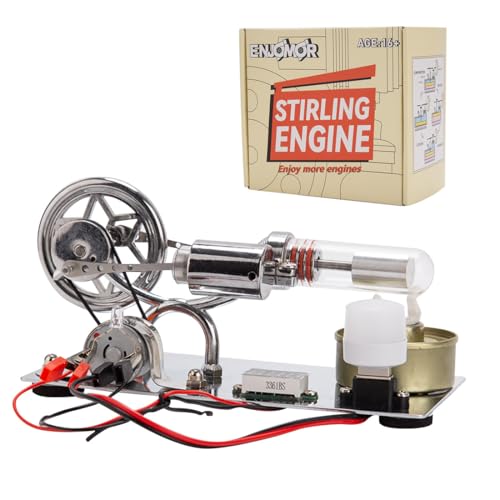Swifty
Well-Known Member
I finished turning the nose piece of the engine today, next I set it up in my mill and indicated the centre.

Next, I drilled the fastening holes. I used a circle function on my readout, a lot quicker than using a rotary table.

I used 2 drill bits to locate the nose piece in my vice, then milled the belt hole with an 8mm end mill.

I drilled the fastening holes in the cylinder the same way I did the nose piece.

I thought that the easiest way to drill the holes in the cylinder that hold down the head, was to attach the cylinder to the crankcase. This solved alignment problems, all I had to do was find the centre. I worked out the holes positions with basic trigonometry and drilled all my holes. I will use my tapping stand to tap the blind holes.

And here is another assembly with a few more parts on it. The cylinder hold down screws are a real pain to do up, I'm considering tapering the last few fins or milling grooves to allow better access with a hex key. I took this photo before I drilled the rest of the holes in the cylinder, but you can see the screws in the photo above.

Paul.

Next, I drilled the fastening holes. I used a circle function on my readout, a lot quicker than using a rotary table.

I used 2 drill bits to locate the nose piece in my vice, then milled the belt hole with an 8mm end mill.

I drilled the fastening holes in the cylinder the same way I did the nose piece.

I thought that the easiest way to drill the holes in the cylinder that hold down the head, was to attach the cylinder to the crankcase. This solved alignment problems, all I had to do was find the centre. I worked out the holes positions with basic trigonometry and drilled all my holes. I will use my tapping stand to tap the blind holes.

And here is another assembly with a few more parts on it. The cylinder hold down screws are a real pain to do up, I'm considering tapering the last few fins or milling grooves to allow better access with a hex key. I took this photo before I drilled the rest of the holes in the cylinder, but you can see the screws in the photo above.

Paul.





















































![DreamPlan Home Design and Landscaping Software Free for Windows [PC Download]](https://m.media-amazon.com/images/I/51kvZH2dVLL._SL500_.jpg)











